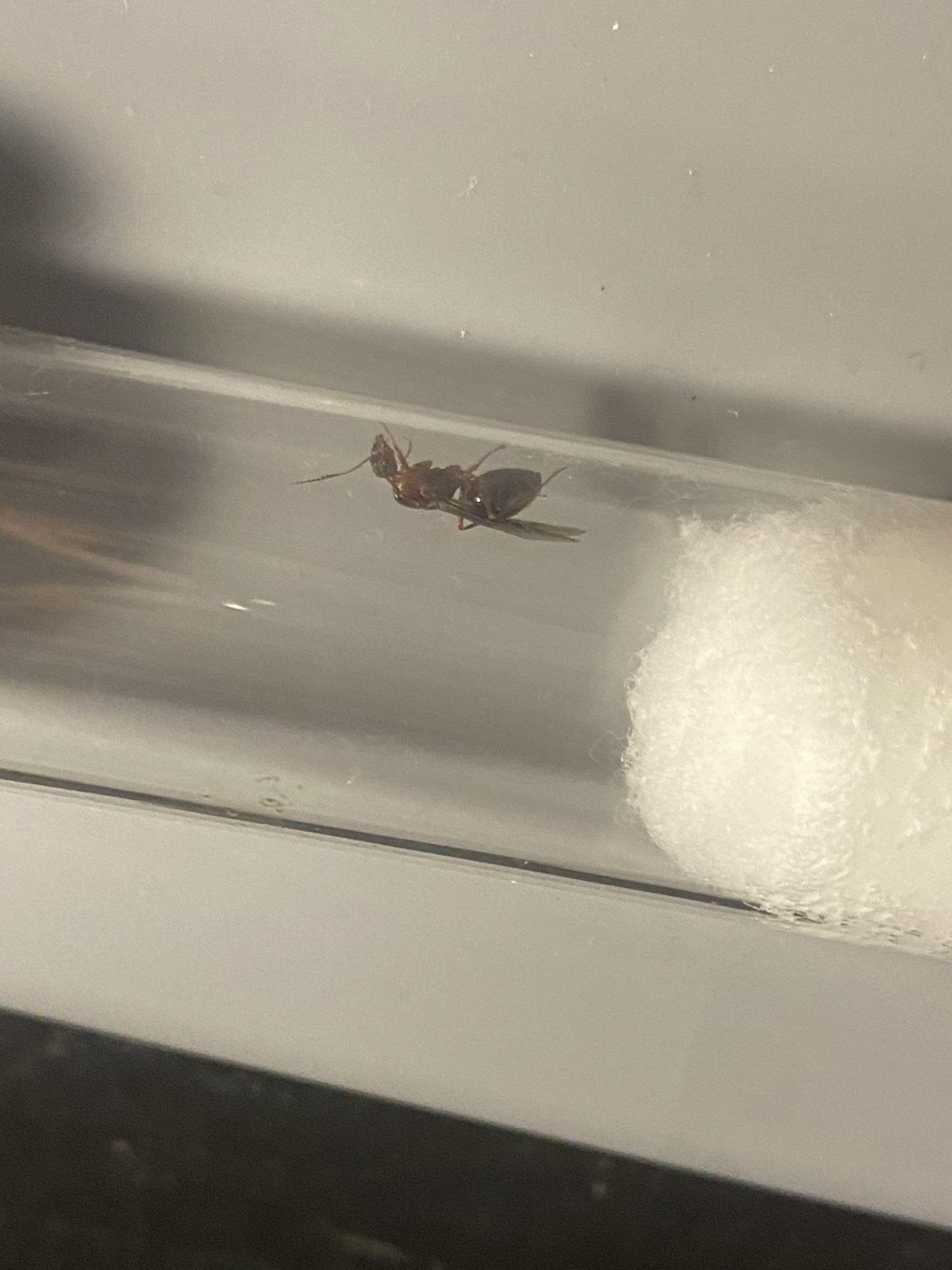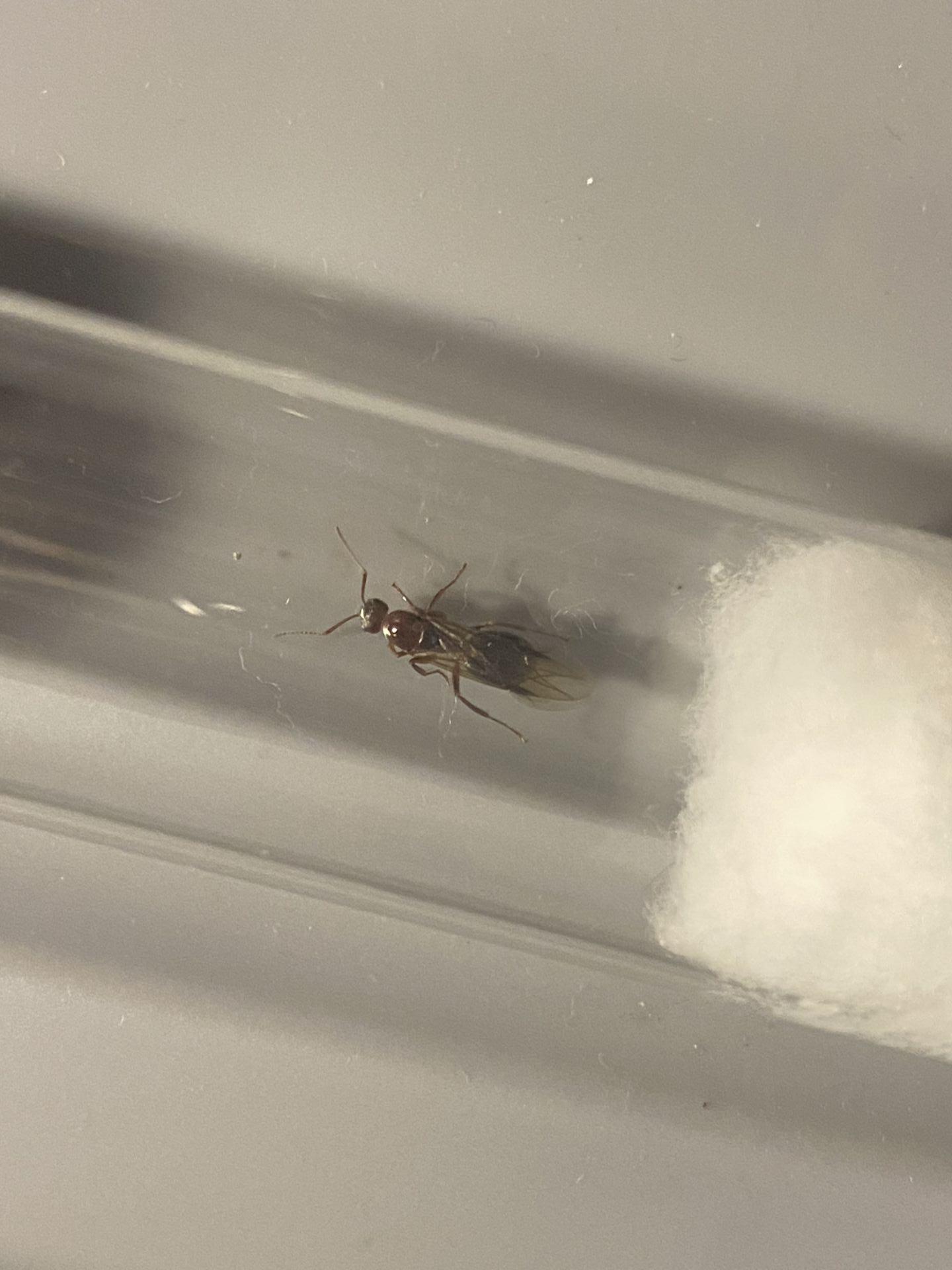

Found on July 14 during the day, she is about 9 mm long.



Found on July 14 during the day, she is about 9 mm long.
Keeping:
3x - S. molesta
1x - C. chromaiodes
2x - F. pallidefulva
2x - C. cerasi
1x - B. depilis
2x P. imparis (colonies) 3x P. imparis queens (1x queen in test tube, 3x queens in test tube, and 6x queens in another test tube. Can't wait to see the results!)
Check out my C. chromaiodes journal here: https://www.formicul...aiodes-journal/
Definitely a parasitic type of Formica, like F. aserva.
No. This is a member of the Formica pallidefulva-group. Raptiformica have different color patterning and thinner builds.
0 members, 0 guests, 0 anonymous users